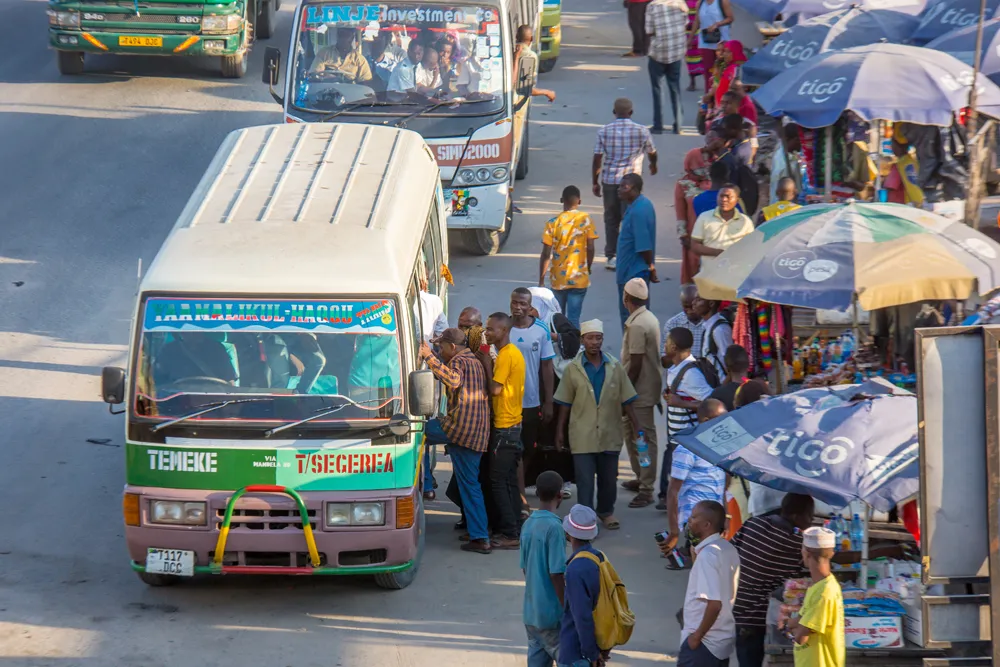
The latest generation of mobility apps such as GoLA should be compulsory viewing for all transportation professionals. Why? Because they show what travel looks like from a travellers’ point of view – including all modal options for getting from A to B.
What a sharp contrast to authorities’ traditional approach of carrying out endless analysis of congestion, travel times, service frequency, timetables and so on.
This not only highlights how many options travellers have but also the comparative strengths and weakness of the various modes because, in the absence of any other overriding consideration, travellers are likely to choose the quickest and most convenient option. Call it the path of least resistance.
Punch in any number of start points and destinations and more often than not it will be faster to drive there than take any other mode of transport with all the associated air quality and congestion issues that raises. So instead of looking at a congestion problem and pondering how the road’s capacity can be increased, transport planners should be asking themselves ‘how can we provide travellers with other ways of reaching their destination in the same timescale?’
Indeed, the use of traditional thinking to reduce traffic congestion results in reducing the ‘resistance’ to travelling on that road and therefore more people will switch to using that route until the point where some sort of route or modal equilibrium is regained. The same is equally true of adding more buses or longer trains and so on, and this can be used to influence modal shifts. And this is increasingly the case in the the era of real-time travel information where commuters make travel decisions each day rather than habitually doing the same thing.
The influence of real-time travel information, mobility apps, satellite navigation and other user-based technology is only going to grow and Mobility as a Service (see page 15) is perhaps the end-game in this respect. Looking at transport from the traveller’s viewpoint will reshape authorities’ thinking and planning – and the sooner this starts the better.










